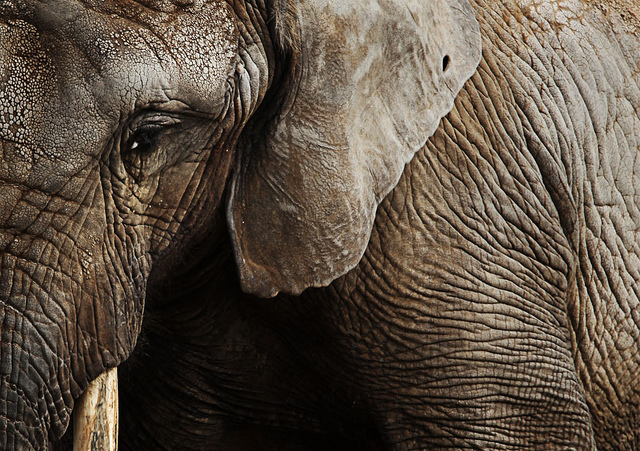The reports of the recent attacks at Garissa University in Kenya are horrific.
Fighters from the Islamist militant group al-Shabaab gleefully gunned down 147 civilians, most of whom were students, during a twelve-hour siege on the university. The death toll from the attack is the worst of its kind on Kenyan soil since the 1998 bombing by al-Qaeda of the US Embassy.
Sadly, however, this is not the first time the Somali-based terrorist group has killed Kenyans. Al-Shabaab was responsible for the September 2013 shooting at the upmarket Westgate shopping mall in Nairobi that left 67 dead. Since 2011, the group has targeted scores of civilians in churches, public buses and hospitals throughout the country.
The recent Garissa attack exposes Kenya’s continuing vulnerability to Islamist extremism and has undercut the country’s image of stability in the region. It also unfortunately resurrects another issue: that of al-Shabaab’s funding from the illegal ivory trade.
As an 18-month undercover investigation by Andrea Crosta of the Elephant Action League reveals, elephant ivory has become jihad’s “white gold,” and al-Shabaab’s trafficking in the illicit material amounts to roughly 40% of the group’s income. This means that the illegal poaching of elephants for their ivory has become another lifeblood for terrorism and directly funds atrocities against Kenyan civilians.
The porous and relatively lawless border between Somalia and Kenya allows for militants equipped with AK-47s and rocket-propelled grenades to slip undetected between the two countries. Kenya’s wild elephant herds are usually monitored by only a handful of park rangers, making them dauntless targets for the armed gunman. Once the elephants have been sprayed down by bullets, their heads are ruthlessly hacked in order to dismantle their ivory tusks, which are then subsequently smuggled back into Somalia for illegal export.
Although the international commercial trade in ivory—that is, ivory dating from 1989 onwards—has been banned as a result of Convention on International Trade in Endangered Species (CITES) adopting the UN-backed convention in 1990, demand for the material is soaring. This is due to consumption in China and elsewhere in Asia where carved ivory trinkets hold significant cultural and religious value. According to a team of scientists at Oxford University at least 100,000 African elephants were slaughtered between 2010-2012 for their tusks, and at this rate wild herds will be extinct within 15 years.
Al-Shabaab has positioned itself to profit handsomely from this demand with approximately one to three tonnes of illicit ivory passing through the Somali border each month. This puts their monthly income from the trade anywhere from USD $200,000 to upwards of $600,000. These numbers can be put into the appropriate perspective when considering it cost $200,000 for al-Shabaab to execute the Westgate Mall massacre in 2013.
What’s the solution? The buying of ivory must stop in order to sever this lucrative lifeline that is both pushing elephants to extinction and killing civilians. Behind China, the United States is the world’s second largest retail for market for ivory. Already, the Obama administration has pledged $60 million in 2014 to crack down on poaching, and this past February announced plans to increase funding of the US Fish and Wildlife Service, the government agency responsible for overseeing the wildlife trade.
Still, for everyday consumers, saying “No” to ivory is the first step in the right direction—only then can the demand dry up and the killing—of animals and people—finally cease.
~
Authors: Linda Bender & Jamee L. Bender
Editor: Alli Sarazen
Photo: doug.kukurudza/Flickr
~
Relephant Reads:
Elephants Risk Extinction in 10 Years.
George Carlin: Who Cares About Endangered Species, or Saving the Planet.







Read 0 comments and reply